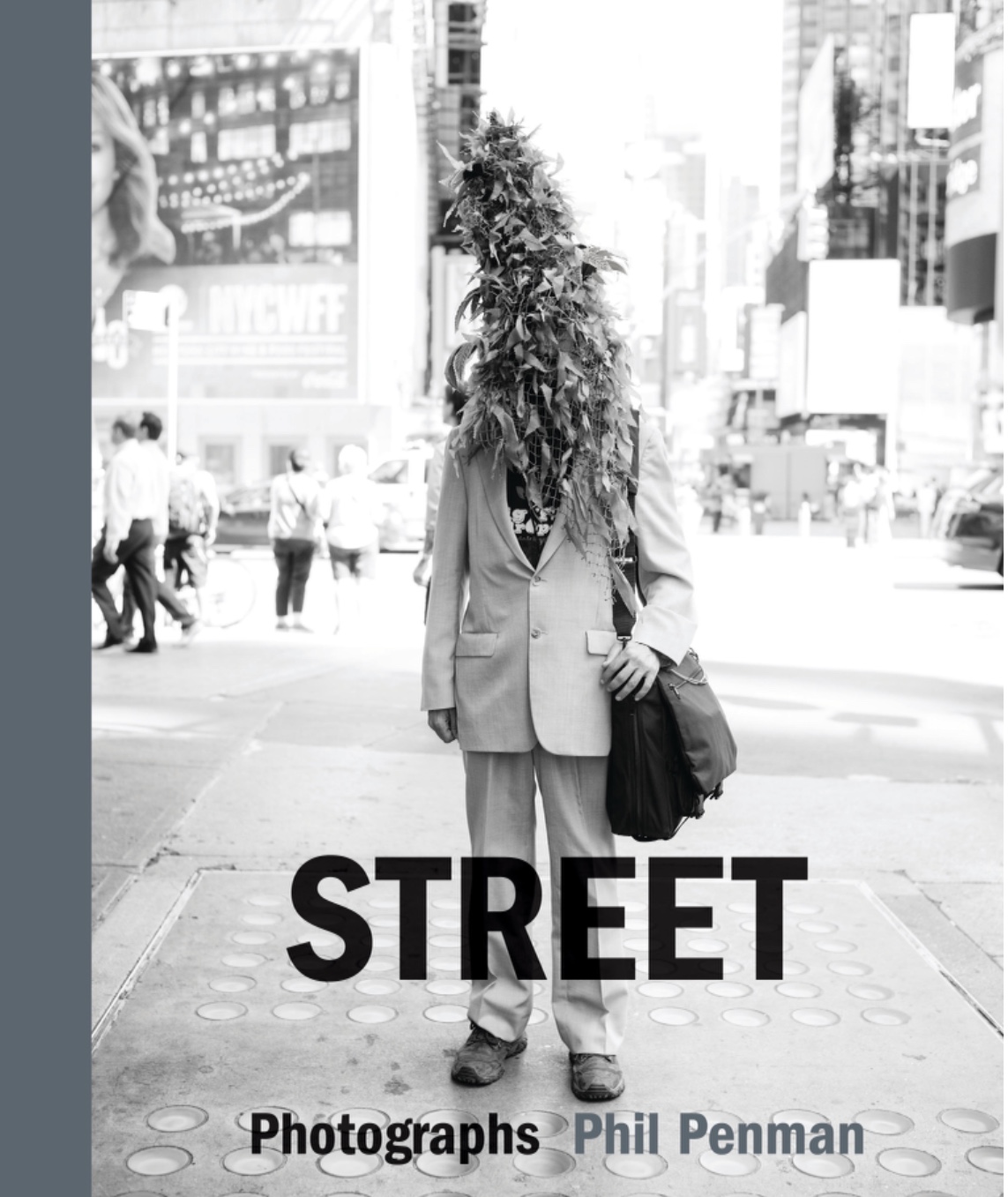Last Updated on 08/16/2019 by Dan Ginn
All images by Phil Penman. Used with permission.
“God I love this city,” says Phil Penman. There’s no further evidence of that than in his debut photobook, STREET. Through a series of brilliant photographs, he communicates this beautiful 20-year love story between a man and a place he now calls home. The eccentric, the beautiful, the New Yorkers, the celebs, and the architecture all have a starring role in this story. If you’re yet to visit the Big Apple, STREET is going to show you everything you need to know. Phil will also be talking about the making of this book as part of Develop Photo Week on September 4th in NYC.
Amongst the candid street photographs, the weirdly wonderful portraits, and the bricks that make the city beat, is an exciting look into the world of celebrity photography. And while people question the role of the paparazzi historically, Phil tells us, “Celebrity photographers are some of the hardest working hustlers I have ever been lucky to be one of.” STREET is both a self and public-funded project, and it’s clearly in high demand, smashing its $10,000 target on Kickstarter. Ahead of its release, we spoke to Phil to discuss the making of the book and his 20-year relationship with New York City.
Phoblographer: Phil! Great to speak with you. When did you make the commitment to creating STREET and how did you find the entire creative process from start to finish?
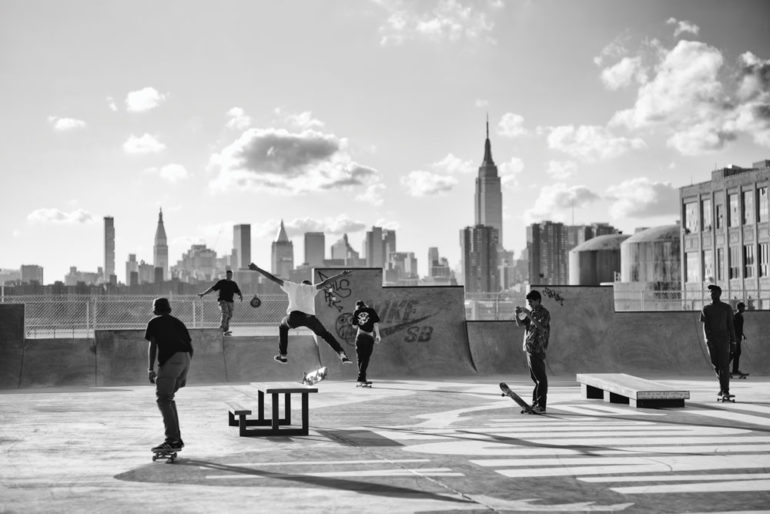
PP: I’ve always loved the idea of doing a book, and self-publishing was never really going to be an option to me. Having a good distributor, great design, good curation, and sequencing are all very important parts of the jigsaw puzzle and not skills I could bring to the table, I did not want to make a book that never saw the light of day.
“It just launched as the number 1 new release on Amazon for Street Photography books.”
Whilst doing a live stream talk at B&H Photo in New York, the event organizer said “You really should think about doing a book! Have you spoken to Glitterati Editions yet? If not, I can introduce you”. That same week a friend of mine who had also just released a book, said “Have you spoken to Glitterati? The icing on the cake was when I found out their office was on the same block as me. Before I could even show all my work, they said great let’s do a book together. After getting the lay of the land on how finances worked, I began to get my work curated by Julie Graham a renowned curator and executive of the Karsh collection. We submitted about 300 images to be chosen from by Glitterati and the design team for the final book.
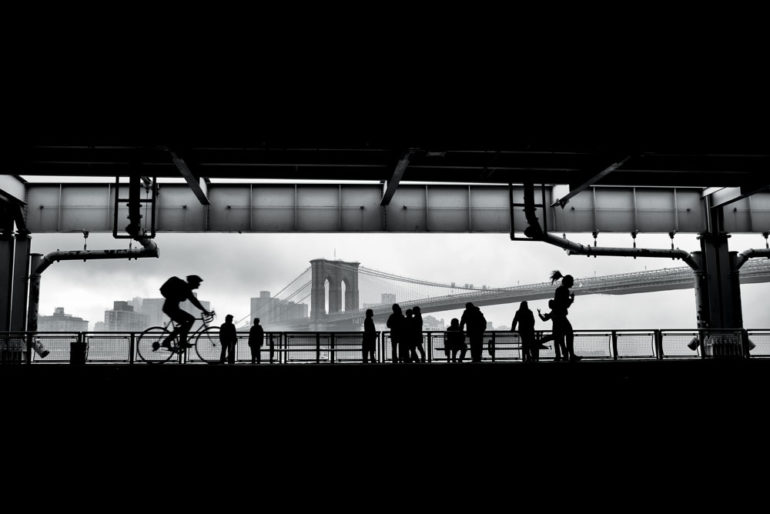
I was told by the publisher. “We are going to disagree on things” but what we suggest is for the good of the book. I know from years of experience to trust the judgment of people who know. I’m a photographer and would never tell a lawyer how to practice law, so why would it be any different with a publisher who knows what sells and what does not. The first draft came back, and I was totally blown away. I could never have come up with what they had done. The sequencing and design were beautiful.
“This book is truly a team effort.”
The next step was getting pre-orders rolling. I looked on Amazon and saw a number 1 next to the book. It just launched as the number 1 new release on Amazon for Street Photography books. It’s like an out-of-body experience seeing what started as pictures and word on a page to be listed next to the likes of legends Bill Cunningham, Vivian Maier, Magnum, and countless others.
Phoblographer: The book was funded by a Kickstarter campaign. How much planning went into building the campaign and how do you feel about the response it received?
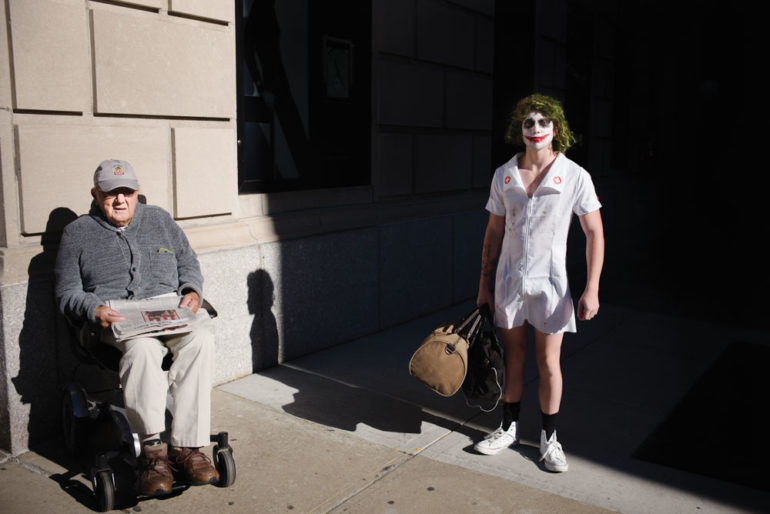
PP: The book was largely financed by both myself and the Kickstarter campaign. Kickstarter was set up for people to be able to order a first edition and also to be able to support as a patron. The response was totally overwhelming, we met the goal in six days and were contacted by at least six press outlets wanting to do features on the book. Press would have helped sell the book from a Kickstarter point of view but can actually hurt sales when the book is released. I trusted the judgment of the publisher.
I cannot thank the people enough that supported me as the book would never have come to life without them.
Phoblographer: There are plenty of interesting characters in the opening section of the book. What kind of things tend to catch your eye that then make you want to make a photograph of them?
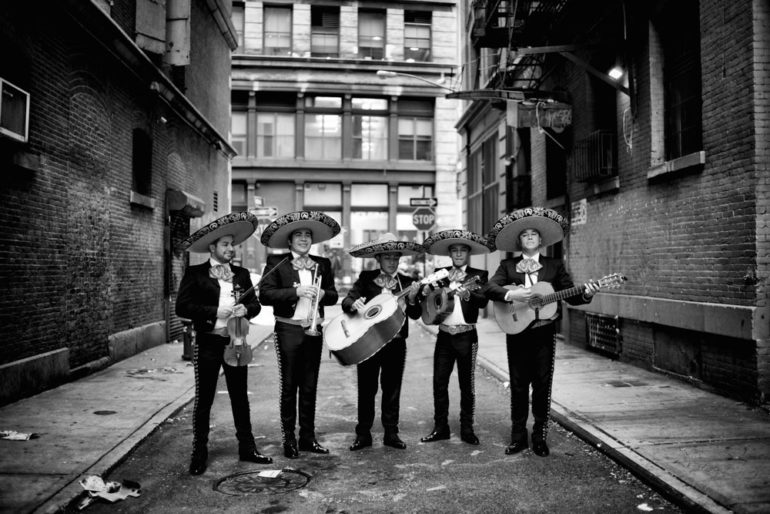
PP: I love the unusual! I’m a bit weird in that way. I walked out of my apartment the other day around 4.30am to the smell of trash and crack heads walking around. Starbucks and all the other chains might have had a good go at making it another faceless mall of America but weirdo’s like myself and genuine characters are still there. Anyone who makes an effort to be an individual gets my vote. I have people in my building who make sure every day they take a moment to dress up and make an effort, you won’t see them getting on a plane in their pajamas. Then I also have the naked cowgirl who walks around in her USA cowgirl hat, knickers, playing a guitar as a neighbor. I get put off by people that are fake and pretend to be a character, it’s like an act for them. Most of the people I photograph are genuinely shocked I want to photograph them.
When I saw the first draft of the book, I noticed a double-page spread of street cleaners with their dustpan and brushes. I never really thought about it till now, but that’s what I used to do aged 16 whilst living in England. Picking up cigarette butts in the rain cleaning up after a market.
Phoblographer: This book has a very high-end feel to it. It was designed by Liza Trovato, but how involved were you in the design of the book. For those yet to buy it, what materials did you go for and why?
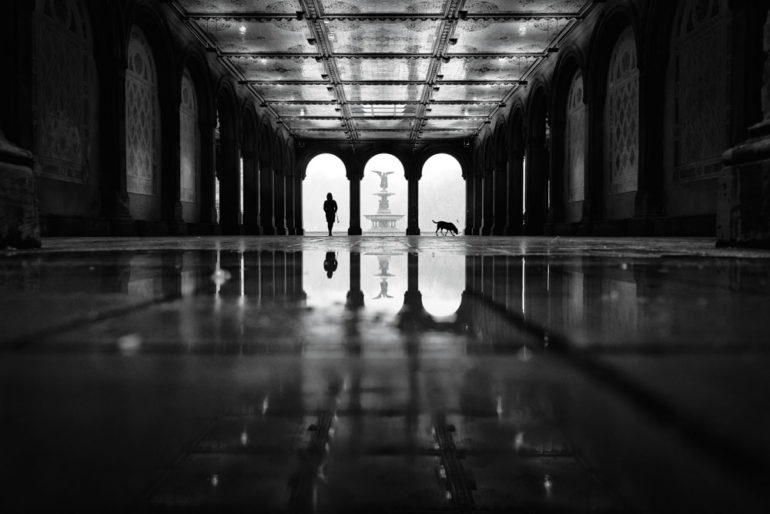
PP: Liz is incredible, again this is the beauty of having a fantastic publisher like Glitterati and owner Marta Hallet. They were a previous “Publisher of the year winner” for the Jean Pierre Laffont book “Photographers Paradise: Turbulent America 1960-1990. I could never do what Liz did, this is why she is the designer and I’m the photographer. This book is truly a team effort. My good friend Peter McCormick edited the copy for me, my lawyer Chris Rooney handled the legal side and my wife Karen dealt with my craziness.
The feel for the book was picked by the publisher, they guided me through why certain books sell better than others and how paper choice, cover materials, and having a great printer are so important.
Phoblographer: I think a lot of photographers become fixated on the creative side of things, but let’s talk marketing. What are you doing to promote the book and make sure as many people as possible know it exists?
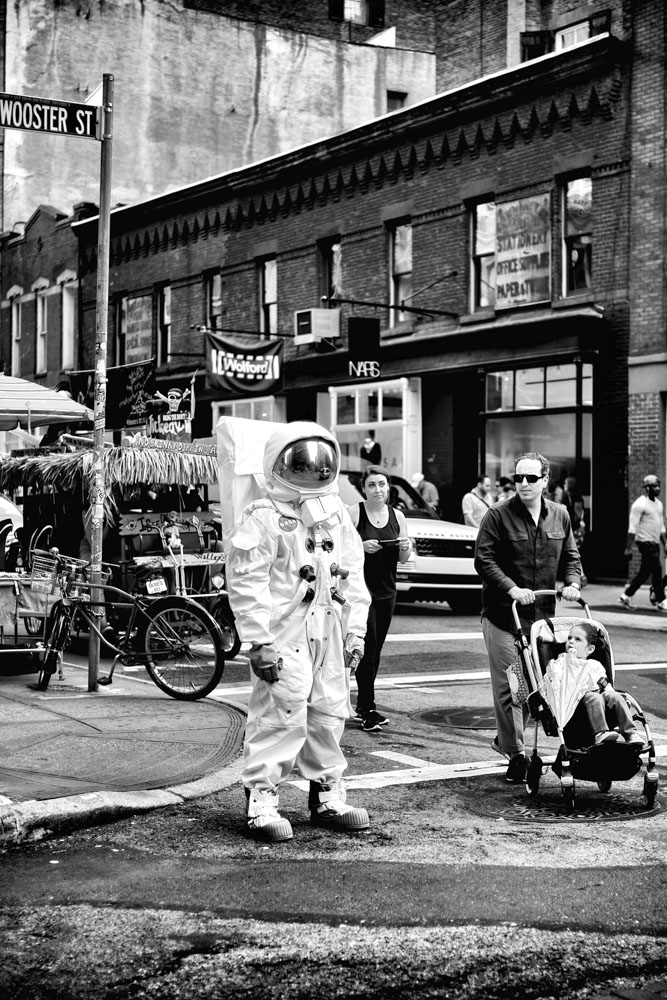
PP: I learned years ago that nobody was going to help me get my work out there. Agents had changed and with the invent of Instagram and reality tv the entire game changed. Shameless self-promotion has to happen or well your homeless or have to get another job. The work alone is not enough. There are so many great photographers out there that go unnoticed because of this.
“The knowledge I acquired over my 15 years as a celebrity photographer helped me with my career and helped me become a better street photographer.”
A friend of mine Deborah Gilbert who is largely responsible for the book even happening asked me to discuss how the book came to life as part of Develop: The Photo Week at the Soho Photo Gallery taking place from Sept 1st – 7th in New York City. They have a fantastic line up of speakers and work being exhibited. It’s a great way to learn whether you’re an amateur or looking to go professional. I’ve found doing events like this are fantastic. You get to talk about your work, and learn a lot from people. I often do similar things through social media. What better way to learn, than from the people that support you. We are never too old to stop learning. The moment we think we know it all we are done!
Phoblographer: You have dedicated a section of the book to your work as a celebrity photographer. The paparazzi have often received a negative reaction from people. Are you hoping this will give a bit more insight into the life of a celebrity photographer, and maybe a more positive view of them too?
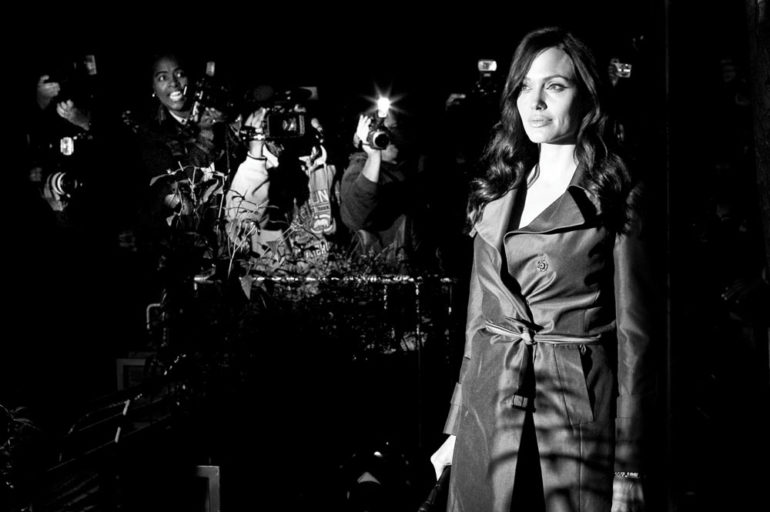
PP: It’s a hard-working industry. Guys would often put in 20-hour shifts. The hardest working photographer I have ever met is a man by the name of Dennis Van Tine a living legend in my eyes, he would do 12 events a day sometimes. He could shoot everything and anything and watching him was a joy to watch. I learned a lot from him and other guys in the industry. The knowledge I acquired over my 15 years as a celebrity photographer helped me with my career and helped me become a better street photographer.
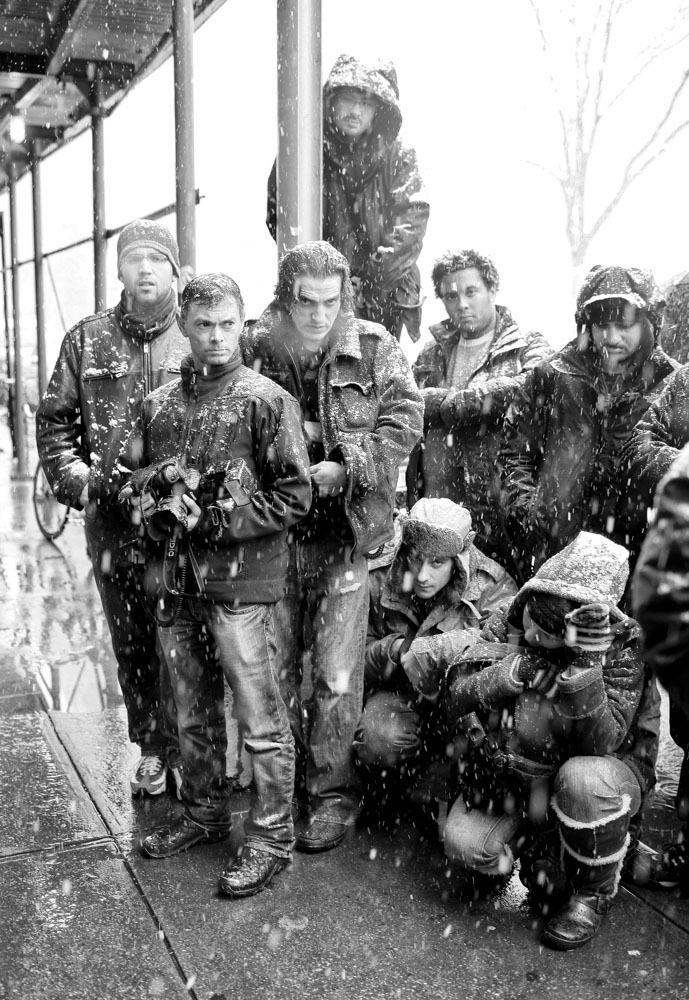
I don’t believe people will ever change their opinions, unfortunately, like any job you have those that make a bad name for everyone else, I’m sure the bankers in 2008 were not so happy that colleagues they knew brought the world economy down.
Phoblographer: There’s a section of the book where you introduce us to The Bushman, a person who would help get you access to Johnny Depp for some shots. You would later learn from the police that The Bushman was “a really bad man.” Do you look back at that time and think “wow I took some risks” and would you still operate in that way today if you had the same experience?
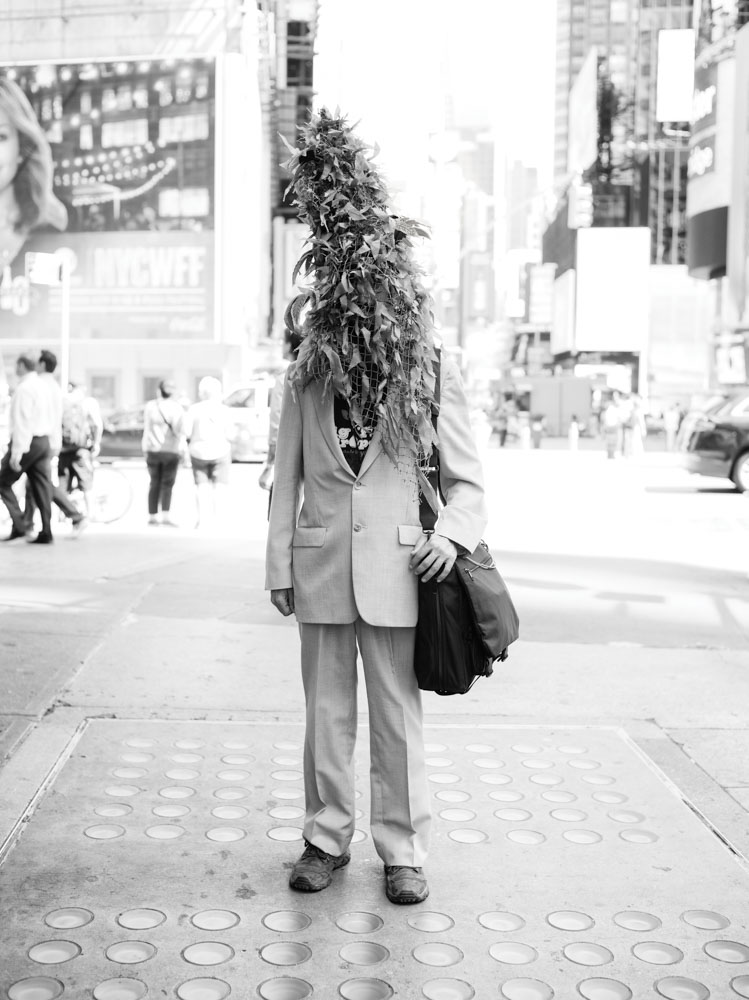
PP: I was young and stupid. I’m pretty sure I put myself in some stupid situations and did not even realize it. Standing one block in front of the World Trade Center collapsing would likely not be the wisest move for most. The only job I ever turned down was going to Nicaragua to photograph a convict in hiding.
Read: Two Hours on 9/11. An Interview with Phil Penman
Phoblographer: Without calling you an addict, do you feel “getting the shot” is similar to “taking a hit? For example, when you struck gold at the Tyson/Lewis presser, what did that feel like?
PP: The adrenaline rush you get shooting celebrities and then making great money was definitely what I guess would be like taking a hit! That’s the only reason any of us did it. The money was fantastic in the early 2000’s. Making as much in one month as it would take me a year in the UK. When the money stopped, I stopped! I was totally burnt out at this point.
Phoblographer: Do you see street and celebrity photography as two different disciplines, or do you find they influence each other? How has your time as a celeb photographer impacted your street photography?
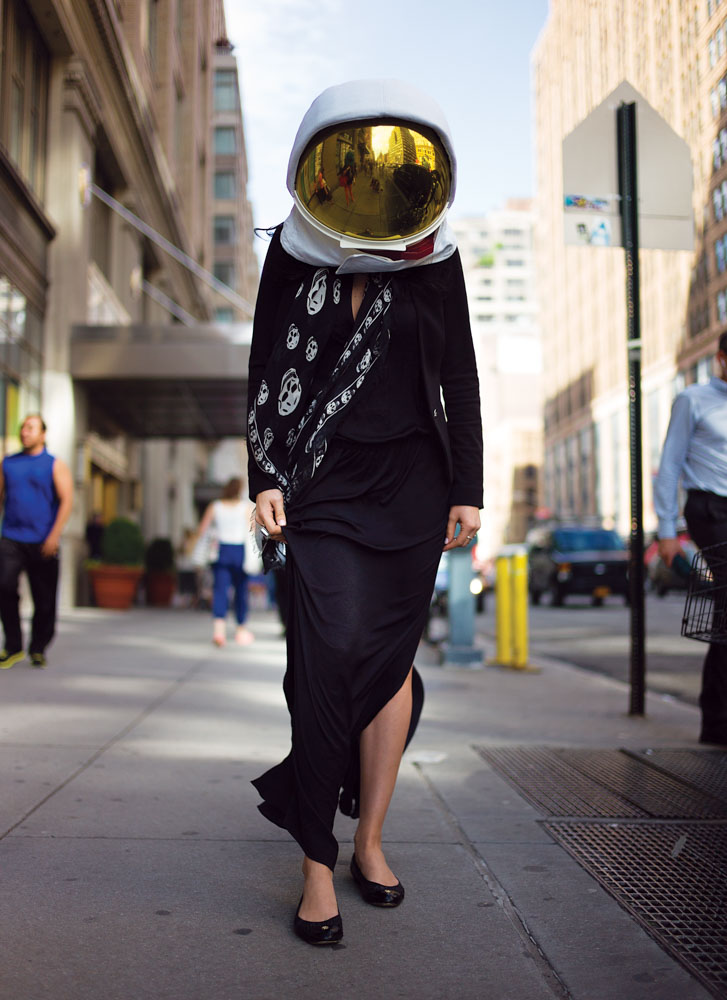
PP: It helped me become an amazing spotter! Being a celebrity photographer, you are watching everything and everyone. This definitely helped me. You learn to become more aware of your surroundings. Being on the street all day every day looking for celebrities certainly had its advantages from a street photographers perspective. I was able to find some fantastic characters walking around and would not have seen them if it were not for me being on my bike all day. Shooting street photography also gave me a break from looking for celebrities.
“This would be my homage to New York City and why I love her so.”
Phoblographer: I feel the last section of the book – CITY – is dedicated more to the bricks and mortar of New York, rather than those who exist inside it. Why did you feel you wanted to close the book this way?
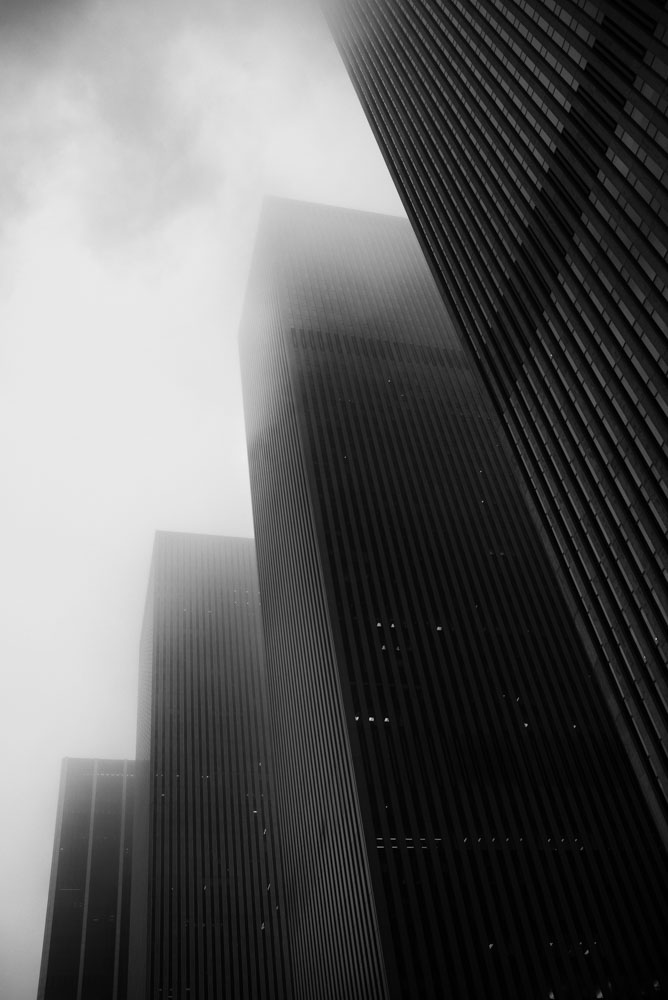
PP: This would be my homage to New York City and why I love her so. I always wanted to live here and spent a large part of my life trying to get here. The city is ever-changing and that’s what makes her even more beautiful. You can throw up a billion-dollar real estate complex like Hudson yards and then ten blocks away what used to be clean is now occupied by transsexual hookers and crackheads again.
Phoblographer: Finally, in the book, you speak about your previous life as a Lycra salesmen. To put your salesmen suit on one more time, why should people buy this book?
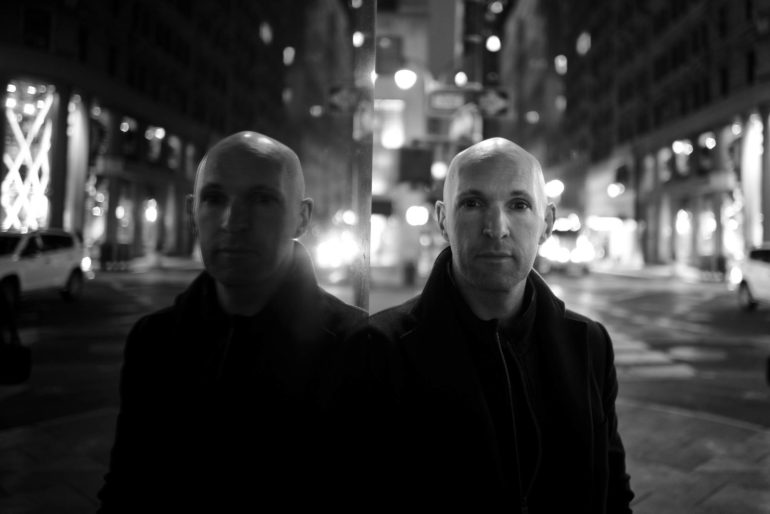
PP: Just like the Lycra cycling speed suits I used to sell, this book has been tested in the best wind tunnel in the world for optimum readability. I hope the reader gets the same joy in reading the book as I did creating it. It showcases 20 years of my life’s work.
You can order STREET by Phil Penman by visiting Amazon. Be sure to keep up to date with his work by heading over to his website.


